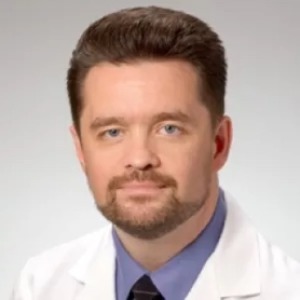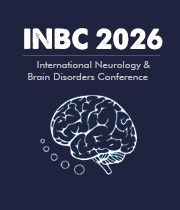Skull Fractures
Skull Fractures, also referred to as a Cranial Fractures, are fractures of the cranial bone, which is the bone that makes up the skull. They are one of the most common injuries that affect the head and can result in serious complications, including brain injury, impairment or death. In some cases, the injury may only require minimal treatment, however in more serious cases, surgery may be involved in the treatment. Classification of skull fractures can be divided into linear, depressed, and comminuted fractures. Linear skull fractures involve a laceration in the skull bone without displacement of the bone fragments. Depressed skull fractures involve a depression of the bone due to injury where the bone fragments are displaced inward. Comminuted fractures involve multiple pieces of fractured bone, both displaced and non-displaced. Skull fractures can be the result of a variety of trauma, including motor vehicle collisions, gunshot wounds, falls, sports injuries, and physical violence. Depending on the location of the fracture and the level of force of the impact, the possible symptoms associated with skull fractures can range from minor cuts to blindness, deafness, paralysis, seizure, brain injury, and even death. Diagnosis and treatment of skull fractures will be determined based on the individual characteristics of the injury and its severity. In cases where there are small cuts or lacerations, a dressing may be applied if necessary. For more severe fractures, surgical repair may be necessary to reduce the risk of potential complications. This may also include using pins, screws, plates, or other metal fragments to hold the bone fragments together. In the more serious cases of skull fractures, the patient may need to be placed in an induced coma to decrease the pressure on the brain or to facilitate minimally-invasive treatments. Additionally, they may need medications or rehabilitation to return as close as possible to optimal functioning. No matter the severity of the fracture, if a person is set to undergo treatment, typically they are monitored very closely and followed up with imaging and other testing to ensure healing is happening as anticipated. As a result, skull fractures can often take a long time to heal and patients typically need to remain on bedrest and take medications for several weeks.

Joe Sam Robinson
Mercer University, United States
Robert B Slocum
University of Kentucky HealthCare, United States
George Diaz
Memorial Healthcare Systems, United States
Daniel Curry
Texas Children’s Hospital, United States
Zhenhuan Liu
Guangzhou University Chinese Medicine, China
Kiran Ghotra
Lake Erie College of Osteopathic Medicine, United States




Title : Atypical presentation of Juvenile myoclonic epilepsy in a 16-year-old female: A Case Report
George Diaz, Memorial Healthcare Systems, United States
Title : What we don’t know about hydrocephalus and It’s management
Daniel Curry, Texas Children’s Hospital, United States
Title : Artificial intelligence-driven DWI and FLAIR for the detection of early stroke changes: A systematic review
Shari L Guerra, The Medical City, Philippines
Title : Mapping neuroplasticity in occupational therapy: Evidence-based interventions with measurable neural outcomes
Jessica Marchant, Texas Woman's University, United States
Title : Non-pharmacologic management of orthostatic hypotension in inpatient rehabilitation: A quality improvement initiative
Laura Steakin, Rehabilitation Institute at Sinai, United States
Title : Non-pharmacologic management of orthostatic hypotension in inpatient rehabilitation: A quality improvement initiative
Mackenzie Weber, Rehabilitation Institute at Sinai, United States